The gaming world’s collective eyes will be on Las Vegas this weekend when the Fighting Game Community gears up for the annual Evolution Championship Series. This group of tournaments gathers the best players from around the world to compete in the industries most popular and mechanically sound fighting games for the chance at big money prizes and glory, of course.
But what about the games you won’t see there? Only 9 games made the cut, but the fighting game community enjoys many more than that. If your looking to get into some fighting games that aren’t top tier and that may be a little wacky and different, consult of recommendations below.
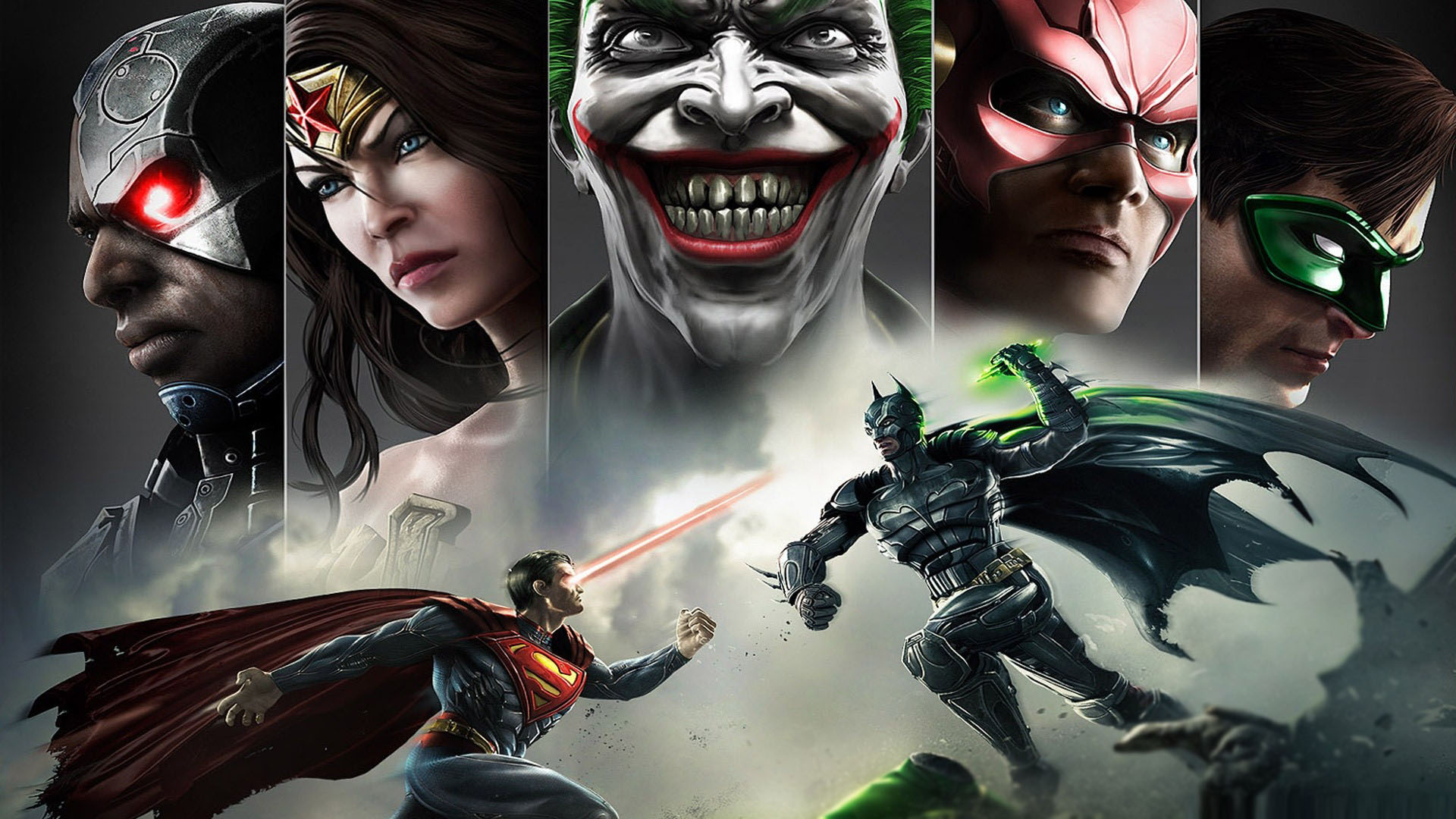
1. Injustice: Gods Among Us
A fighting game full of DC superheroes sounds like one of those games that only fanboys would appreciate. Especially coming from NetherRealm, a studio that botched the effort the last time they tried (we still try hard every day to forget Mortal Kombat vs. DC). Taking cues from their surprize hit Mortal Kombat reboot, Injustice calmed the hearts of many a young skeptic.
Why play it? Because it’s a patient, slow paced 2D brawler that is a good place for newcomers to the genre to start. Not only is it filled to the brim with recognizable characters like Batman and Lex Luthor, it goes the extra step of giving players a peek under the hood, showing things like frame data and hitbox information for people looking for those sorts of numbers. This was usually relegated to the “in-crowd.” You know, those guys at the arcade that new the 10 button fatalities by heart.

2. Street Fighter III: 3rd Strike Online Edition
Once you get into fighting games enough – meet new players, become part of a community, etc. – you will always come across that guy who scoffs at the very sight of Street Fighter IV. Why? Well, after bathing you in flood of condescension, you can usually paddle your way to the conclusion “because it’s not 3rd Strike.” 3rd Strike is the lost Street Fighter, never really gaining the following of the others in the series. It came out during a time where fighters were making the transition to 3D, and it felt really nothing like the games before it.
Why play it? For a few reasons. Firstly, the game is a very interesting 2D fighter that you see many parts of show up in various other games from other genres years later. Secondly, it’s hands down the hardest Street Fighter game to play and understand, and will help you grow an appreciation for the others’ learning curves. It also includes the parry, one of the most hotly debated 2D fighting game mechanics in the genre, and why not dip your toe into a little bit of controversy.
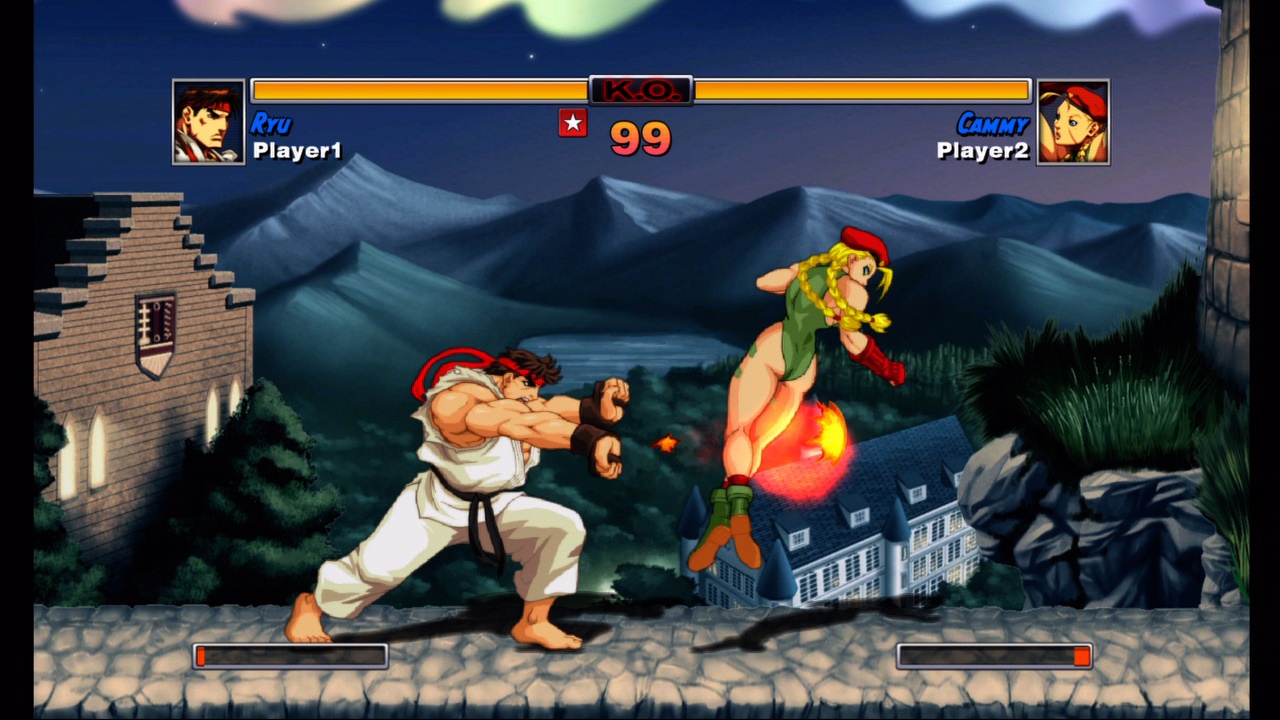
3. Super Street Fighter II Turbo HD Remix
Super Street Fighter II is still an important turning point in fighting games and is one of the easiest entry points to learning Street Fighter. Without the complexity of 3rd Strike and the flair and mechanical generosity of SFIV, Street Fighter II focuses on the very basic rules of the world’s most popular fighting game. Fair warning, though: it can be tough going back to if you’ve spent significant time with the latter games.
Why play it? Besides the simple fact that it’s gaming history, it’s also fighting game purity. Attacks hurt alot, so taking damage of any kind is discouraged heavily. It’s also not input heavy, some of the weirder links and move list entries never made it here. The HD Remix version does tweak some of the old move lists, like Akuma’s Red Hadoken moving from half circle back to quarter circle back, but these can always be reverted back to classic mode for those who need it. If you want to truly understand the basics, look no further than this game. And its easy to procure, nowadays.
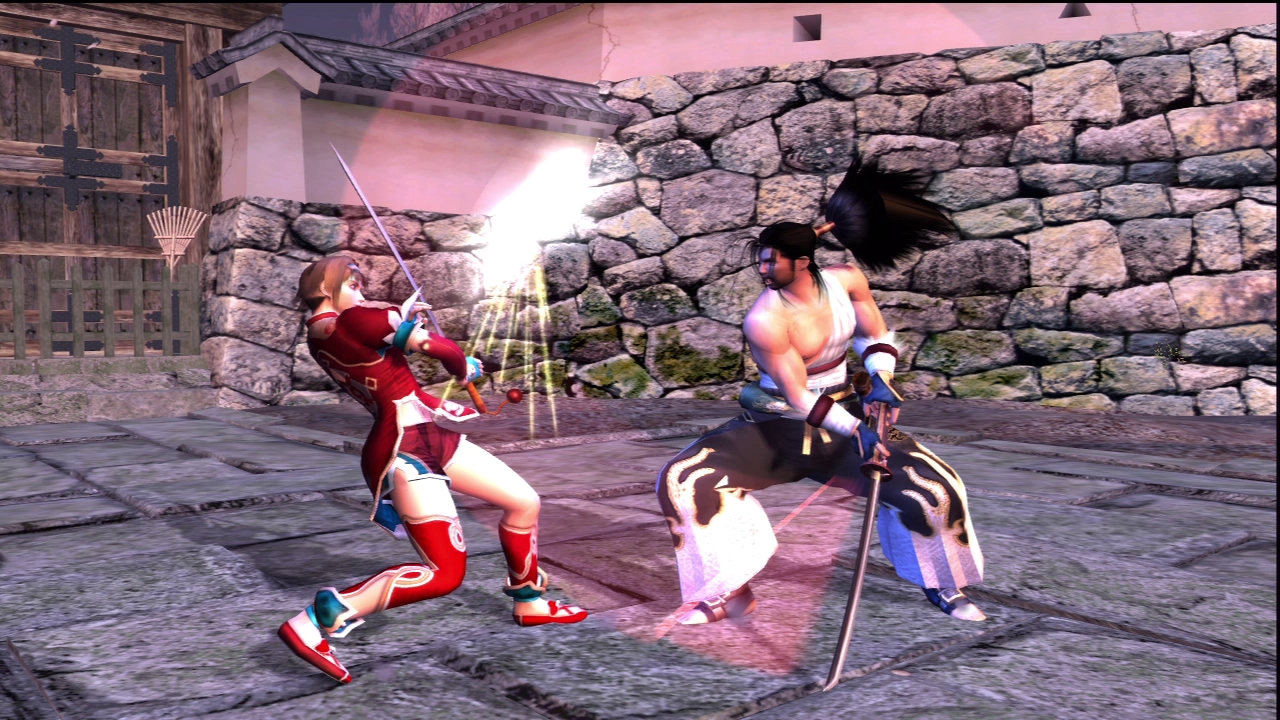
4. Soulcalibur II HD Online
Soulcalibur II was always the most competitively viable of the games in this long-running weapon-based fighter. It was well-balanced and chockful of tactical options like Guard Breaks and wall moves (and walls, period) that made every fight more than just two guys standing across from each other in the ring. Games after it may have added more interesting characters and looked a hell of a lot nicer, BUT the SC2 was the king of 3D fighters not called Tekken at the time. upon its multiplatform release, it featured gimmicky special characters depending on the console you bought it for.
Why play it? Soulcalibur is one of the most unique fighting games in the industry – a fact that may have kept them alive this long, despite a rash of questionable entries. There are no weapon based fighting games that are also arcade-like and challenging, full of colorful characters and bright, robust arenas. It’s also not very hard for beginners to pick up and play competently.
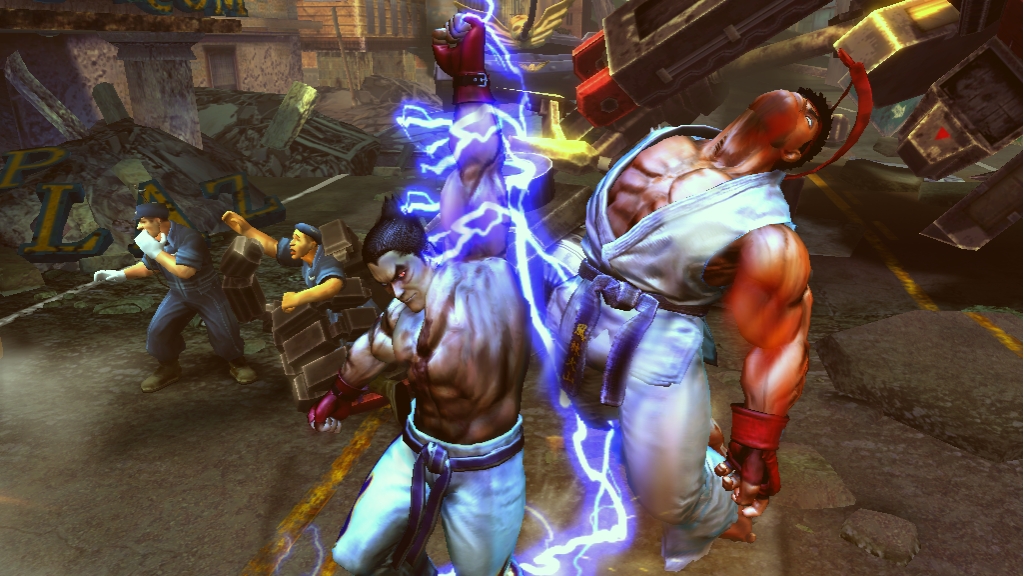
5. Street Fighter X Tekken
This mashup of the two most legendary fighting franchises in the world is a bit of a double edged sword. On one end, it takes the basics of 2D fighting games and takes huge risks, mechanically. Adding a gem system that can personalize and change the properties of certain moves is only one of many of the games big shots in the dark. It also takes a whole 3D franchise of characters and makes them 2D, and arguably did such a great job translating them to 2D form, that they played better than the Street Fighter characters. When the other shoe dropped though, this game turned out to be a bit less than competitive.
Why play it? Because sometimes, it can’t always be about competitive balance. This game is fun and takes risks with the sanctity of 2D fighting game balance that no other franchise would. Teaming Kazuya up with Heihachi to beat up Ken and Ryu is also a dream match that no one should miss.
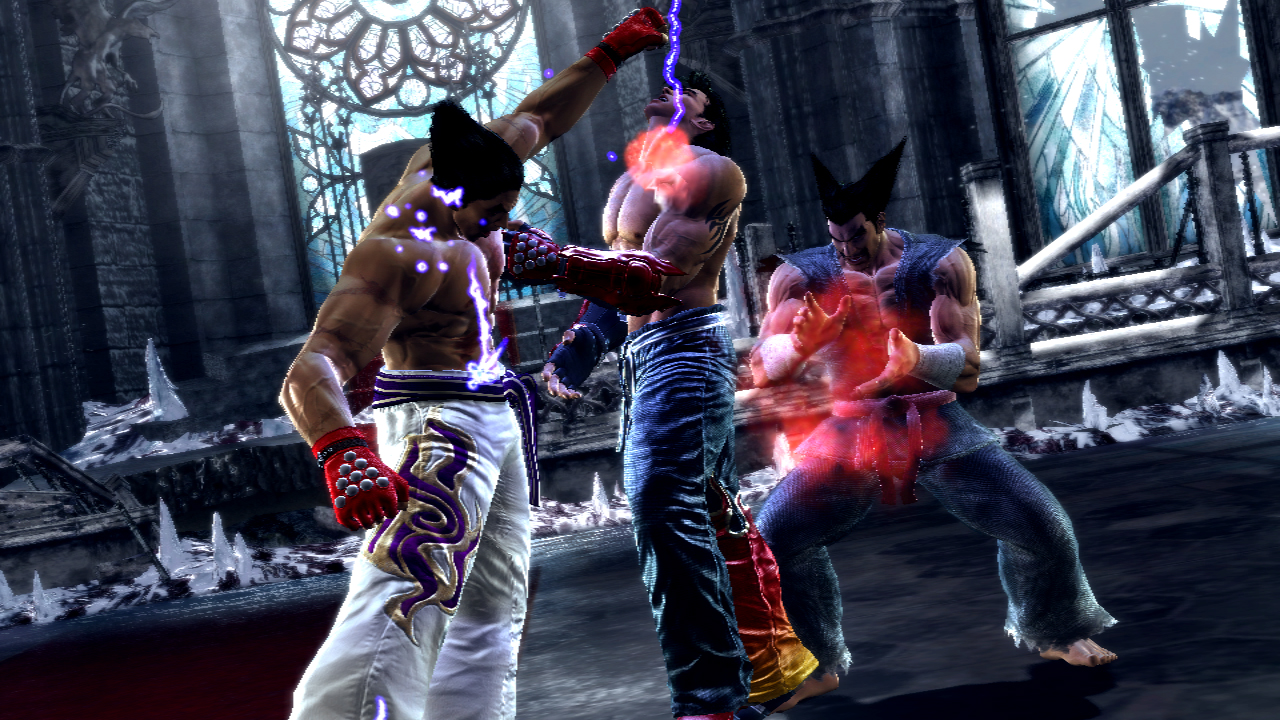
6. Tekken Tag Tournament 2
The only thing better than the leading king of 3D fighters is a version of the game that lets you play 2 vs 2 with the same characters. The original Tekken Tag was a cult hit, and always remained a steady staple in the fighting game circuit as a crowd pleasing side show. TTT2 would be the successor to Tekken 6 as far as Namco’s brawler in the tourney scene is concerned right up until this year at EVO, where Tekken 7 will hit masses for the first time.
Why play it? There is no game like Tekken Tag. It takes the juggle heavy, risk/reward style of brawling to the next level by adding tag in moves and endless potential for combos that are shared between two pugilists instead of one. There’s also no shared health pool, if one of your guys gets KO’d early, then the round is over. Proceed with caution.
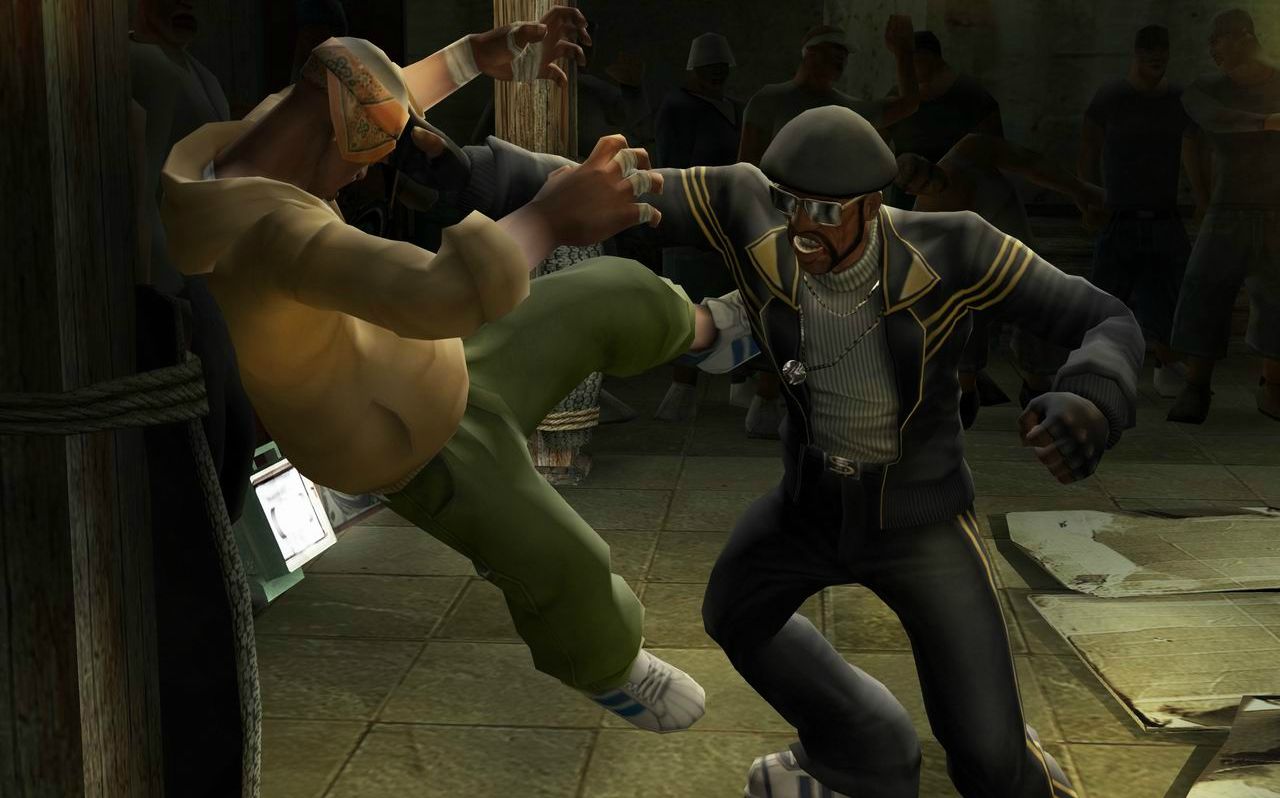
7. Def Jam: Fight For New York
The entire Def Jam franchise is an odd ball line of fighting games featuring the biggest rappers at the time. While the first served as a strange litmus test for the crossover appeal of hip hop icons as cartoon-like caricatures of themselves, its sequel was a legitimately fun take on the old console-style pro wrestling game. Take control of zany versions of Snoop Dogg, Ice-T, or even Henry Rollins in various match types and under weird but interesting stipulations.
Why play it? As other games exist that let you play as members of the Wu-Tang Clan, I have to advise against playing Shaolin Style for your own safety. Also, if you ever wanted to DDT someone as DMX, this is literally the only place you can do that. Besides stepping into these rappers shoes, any fan of old N64/PS2 style wrestling games may come to appreciate the many systems in play.
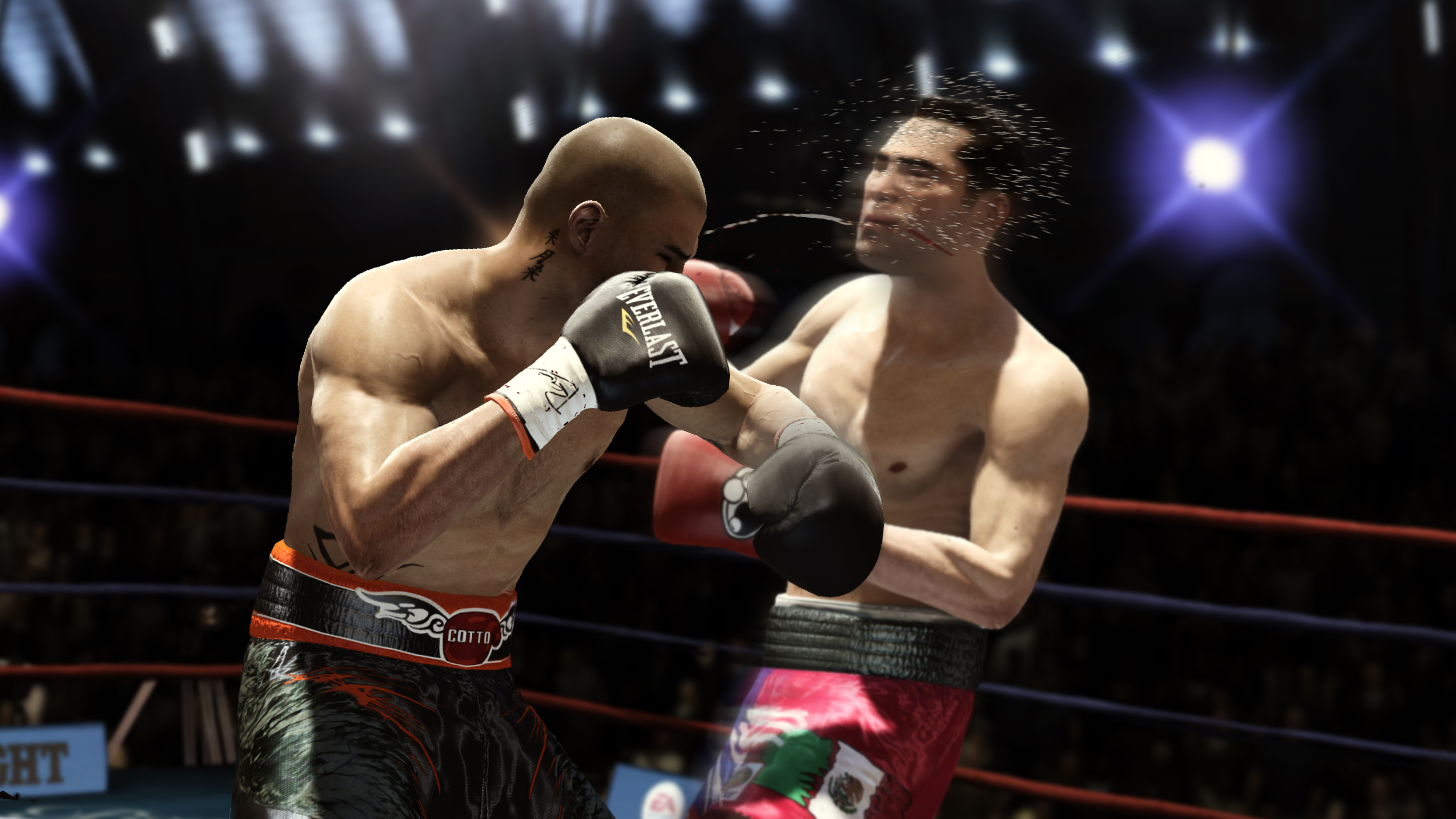
8. Fight Night Champion
Boxing games have never gotten wide renown or the respect they deserve amongst competitive gamers. They’ve also become increasingly expensive to make, as licensing for the likenesses of boxing’s biggest names can be incredibly cost prohibitive. Thusly, you may never see a boxing game like Fight Night Champion again, which is sad, considering how well tuned into what makes a boxing match so interesting it is.
Why play it? It’s a challenging game to get a hang of, considering all the moving parts involved in determining how hits land, and what constitutes how good of a job you’re doing. It’s much more of a simulation than the other games on this list. It’s very stamina reliant, and it isn’t incredibly forthcoming on how whether you’re doing something right or not, thanks to the lack of health bars. Once you get it, though, its something you never lose.
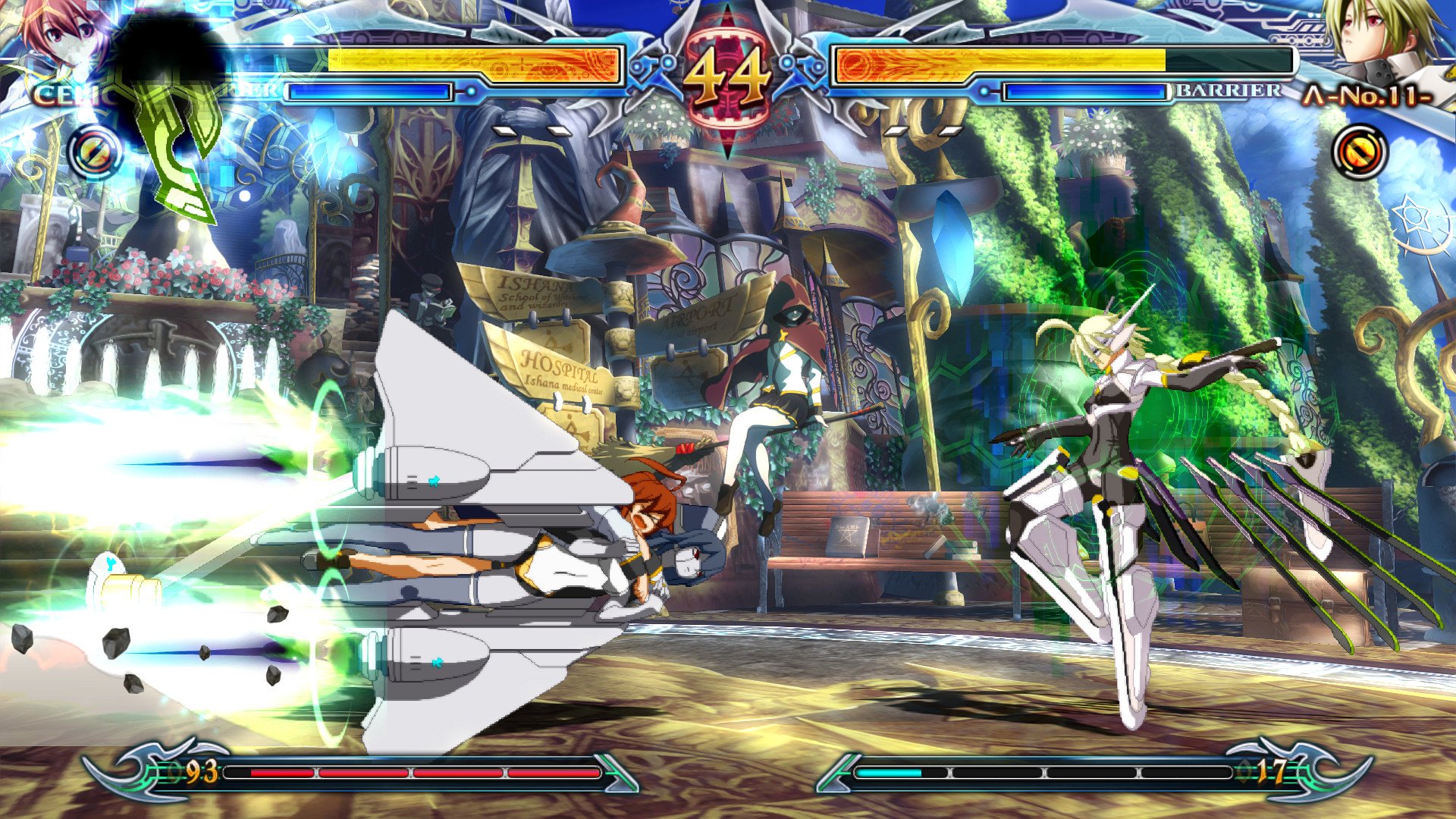
9. Blazblue: Chrono Phantasma
Arc System Works keeps themselves pretty busy making fighting games. While their flagship series, Guilty Gear, will be making an appearance during the EVO series, Blazblue has become an acceptable alternative to it. The games aren’t identical, and even if they have a lot in common with one another, the differences are the key. Blazblue is a slower game, with less meter manipulation and longer, more input heavy combos. It’s an easier game to play competitively, thanks to the most straightforward suite of systems that power it. It’s also incredibly anime.
Why play it? If you want to play and get good at an Arc System Works game, this may be the one to start with. It’s much easier to pick up and understand and still borrows some traits from Guilty Gear – like the burst gauge and forcing cancels by spending meter – just in case you want to upgrade eventually.
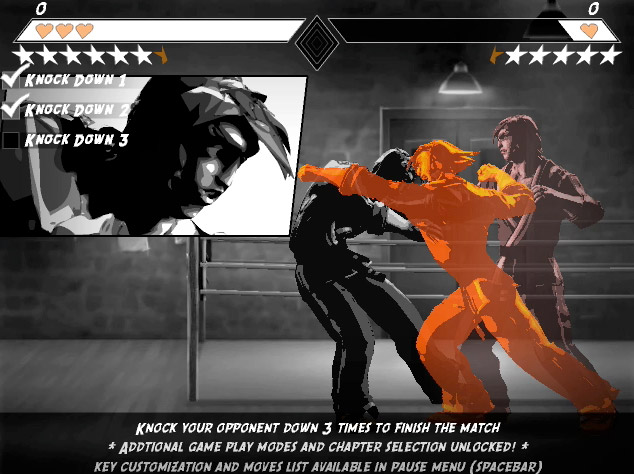
10. Death Vegas
Death Vegas is a browser based fighting game that incorporates puzzle elements in a praise-worthy way. Characters project their oncoming combos with color-coded phantom attacks that show players where they have to block. This works better in singleplayer than in head to head versus other people, admittedly, but the foundation is sound. Maybe with a couple more layers of mechanics, like a more robust stamina system or a way to bluff attacks, this game could really take off and become something neat.
Why play it? Death Vegas is a reminder that platform and programming language don’t have to be barriers when it comes to trying new things in old genres. It won’t take long to beat, and is well worth the experience.
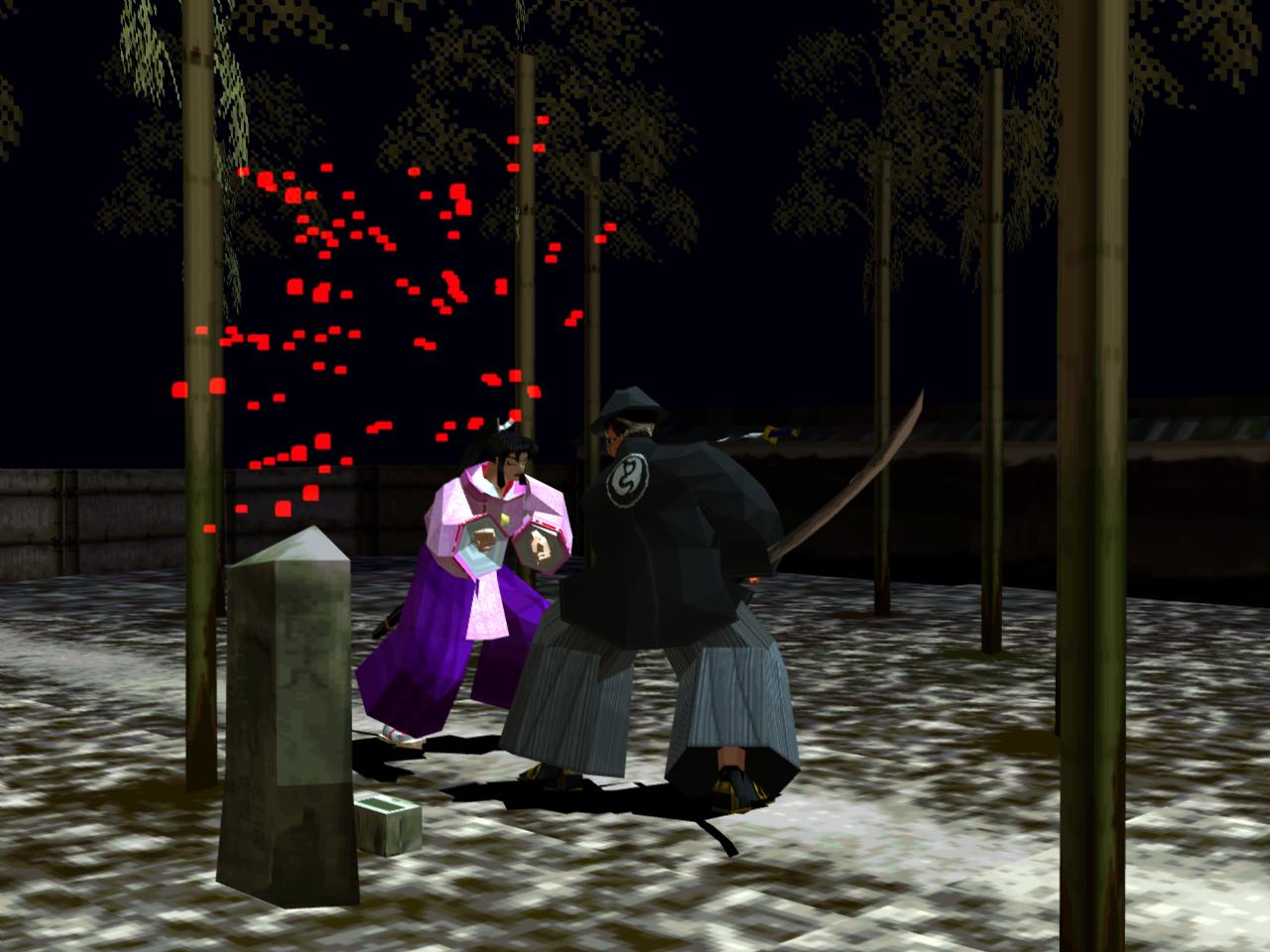
11. Bushido Blade
Bushido Blade was Square’s attempt at making a thinking man’s fighting game. The object was clear, use your sword to kill the person across from you. But this wasn’t like Soul Edge, these weapons were lethal, and would more often than not kill your opponent with just a single strike. The game would take longer to load than it would for a round to end. This sort of gameplay forced players to think more tactically. How can I use this tree to distract my enemy? What stance is the best counter to his?
Why play it? Bushido Blade and its sequel are both great ideas that were never truly expanded on and it’s sad. Even with games like Nidhogg or Samurai Gunn waving the banner for this sort of game, these tense, single-life fighting experiences are all but extinct.
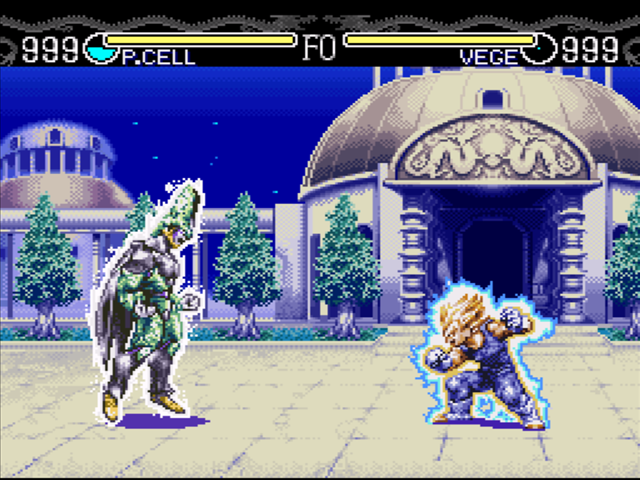
13. Dragonball Z: Hyper Dimension
Characteristically, the most popular cartoon about fighting has spawned myriad games about it. There are plenty of DBZ games that are admirable, but the best (or at least the one with the most competitive potential) was Dragonball Z: Hyper Dimension. It never took off in popularity, but the engine was sound, and really lived up to the Dragonball Z tropes that fans stuck around for. Check this list for a more detailed run down of it.
Why play it? Dragonball Z games have never survived under intense technical scrutiny, but are usually always fun. Hyper Dimension was the last good attempt to turn the franchise into the sort of fighting game Street Fighter players would play. It will be very difficult to track down a legitimate copy of the game nowadays, but emulation is always an option, right?
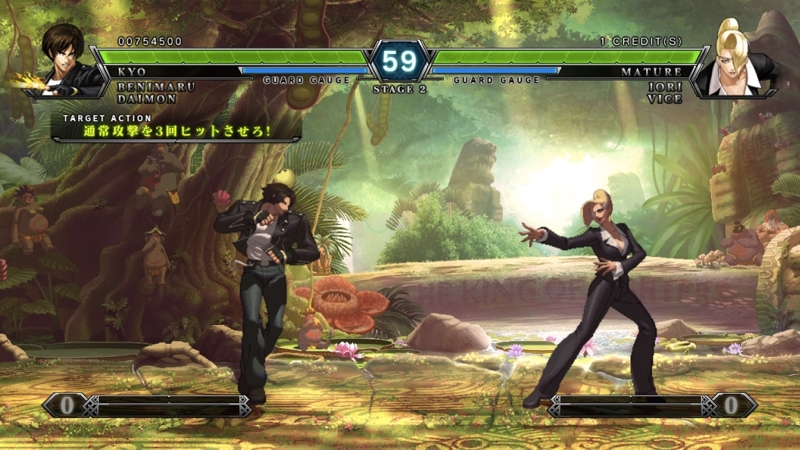
14. King of Fighters XIII
King of Fighters, much like most of SNK Playmore’s fighting games, have spent their entire lives in Street Fighter’s shadow. To the untrained eye, these games are practically identical, save for the characters. A deeper dive shows a game that is far more system intensive than Street Fighter, with many more tactical options baked into the overall package. This doesn’t necessarily mean the game is better than Street Fighter, but it provides a game play experience with many more dimensions.
Why play it? King of Fighters XIII is full of everything that the franchise has embodied for decades, and highlights the major differences between SF and KOF well enough. Without too many projectiles, fights are often close encounters based heavily on punishing bad plays with big combos. There is a lot more action in the air, with several different ways to jump, attack, and defend from above.
What did we miss? Hit us up on Twitter @CurseGampedia, or leave your favorite fighter in the comments below.
